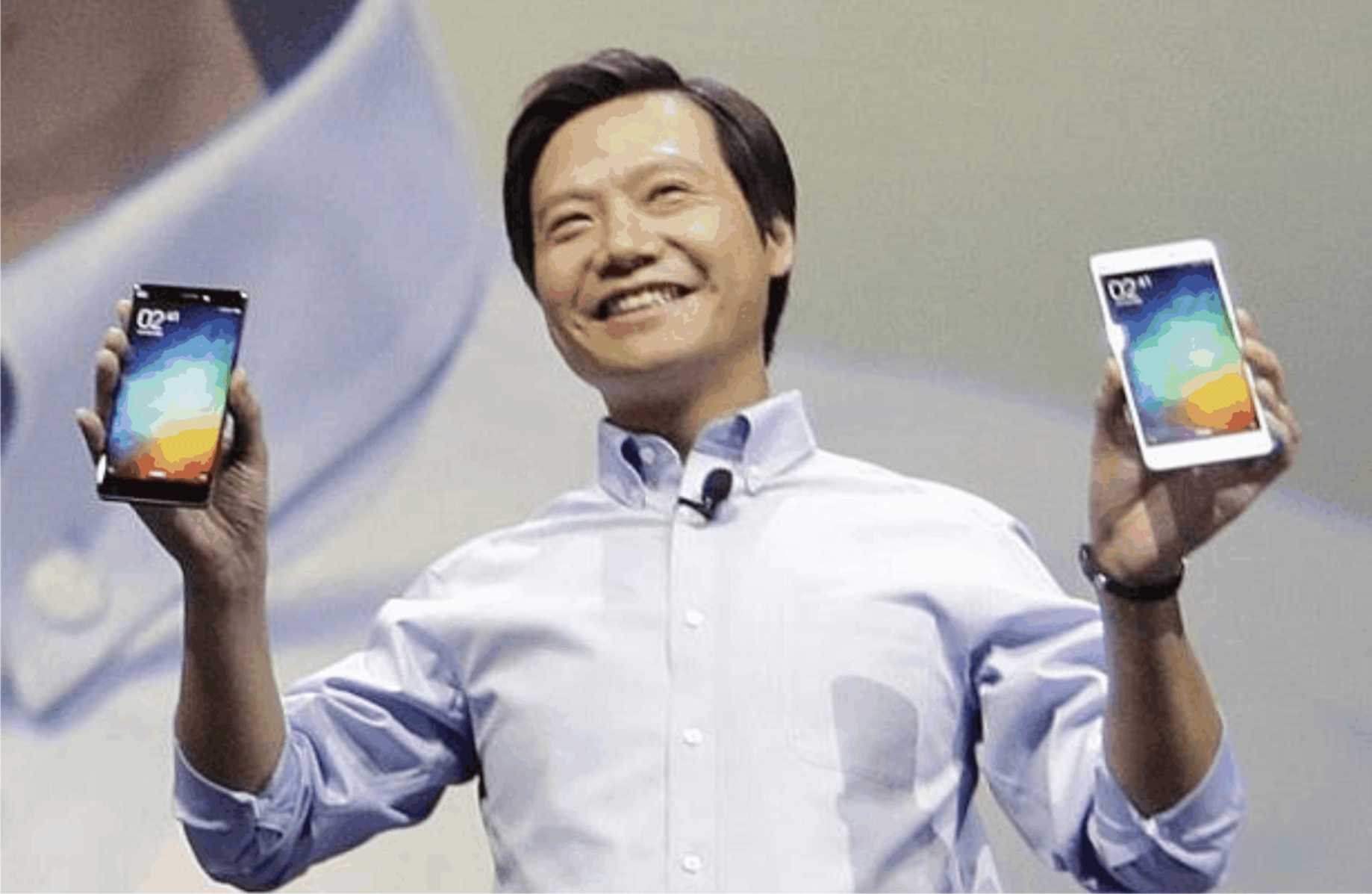The African mobile devices market sure belongs to countries of Asia, as Samsung, LG and, in the last five years Tecno, have made huge inroads, pushing to the corner earlier leaders like Nokia and Sony Ericsson which have taken the back seat in the region.
But a new brand is coming to Africa; and, it is reputed now to be the world’s third largest selling brand: Xiaomi.
Manufacturers of the Chinese brand are putting finishing touches to an African grand entry, which they hoped will eclipse such other brands that are already household names on the continent among them Tecno, Samsung, LG and Huawei. Incidentally, Huawei is now opening up its marketing strategy for marketing its handheld devices in Africa rather aggressively, something the company had not taken seriously until lately.
“Huawei incidentally has very good models that can compete with all the leading brands anywhere in the world; but the company had not been pushing its marketing approach aggressively until recently. With what is happening in the marketplace now, Huawei seems to also have realised that it must push its models in Africa to complement its network successes in the continent,” say an industry expert.
Xiaomi’s plan to enter into Africa suits well into its global growth plan; and, given its sheer size and over 142 million active mobile subscriptions, Nigeria features promimently on Xiaomi’s plans as a major target the company is eyeing for high volume sales from the start even as it moves into the BRICS countries (Brazil, India, China and South Africa).
In less than five years, the Beijing-based Xiaomi has gone from start-up to global player in the smartphone market.
It is China’s biggest seller of smartphones, and is the third largest in the world, behind Samsung and Apple, according to industry analyst companies’ data. And, key to its global ambitions is its business outside China, where Africa falls in line.
In April, Xiaomi launched its Mi 4i phone in India, its top market after mainland China. The model was introduced in Hong Kong and Singapore.
Latin America is scheduled to be next, with phones to be launched in Brazil in the coming weeks. Xiaomi has a grand design to enter into emerging markets, for good reasons.
Meanwhile, Xiaomi says it expects 2015 sales surge as the upstart phonemaker targets BRICS (Brazil, India, China and South Africa), but now with keener eyes on Nigeria. While the company may fall short of its goal of 100 million smartphone shipments for 2015, Xiaomi remains optimistic as its growing rate remains impressive making rivals jealous.
CEO Lei Jun said the Chinese company may move between 80 million and 100 million phones, with sales expected to soar by 35 percent, to 100 billion yuan ($16 billion), year over year, the Wall Street Journal reported.
A member of China’s National People’s Congress, Lei spoke on the sidelines of its annual meeting in Beijing May 6.
In March last year, Lei was cited as projecting Xiaomi’s handset shipments would climb to 100 million in 2015, with its sales crossing 100 billion yuan. In 2014, the company sold 61.1 million smartphones, which run on a modified version of Google Inc.’s Android mobile operating system.
Xiaomi raised $1.1 billion during a funding round in January, when its total valuation rose to about $45 billion. The company is deploying the funds to help it expand beyond China into Brazil, India, Indonesia and Russia. The firm’s largest market outside China, India, will remain at the center of Xiaomi’s expansion this year, the Wall Street Journal quoted Lei as saying.
Ramping up sales in India, the world’s third-biggest smartphone market, could be critical as Xiaomi faces increasing competition from Lenovo Group and Huawei Technology Co. in China, which is satiated with commodity handsets, but showing a voracious appetite for premium devices such as Apple Inc.’s iPhone 6 and iPhone 6 Plus.
Thanks to its Motorola Mobility acquisition, Lenovo has also seen strong sales in India. It’s likely to get another boost with the arrival of the 4G versions of the popular Moto E and Moto G handsets in the coming months. Meanwhile, Huawei opened a new research-and-development center in India’s tech capital Bangalore this year. The center is Huawei’s largest outside China.

